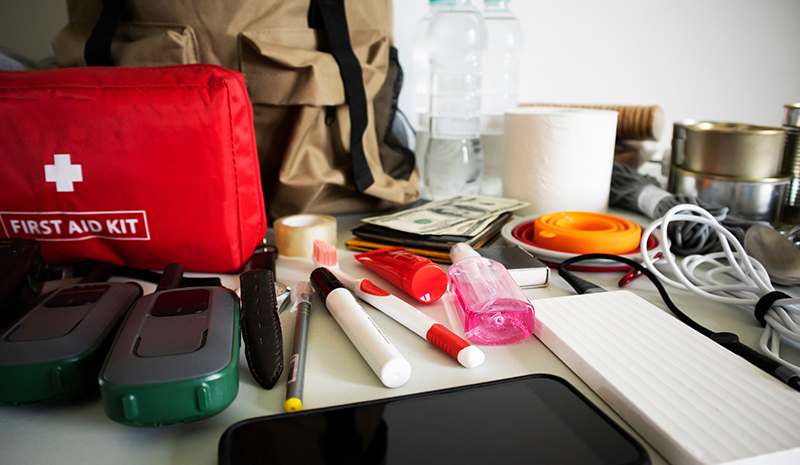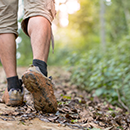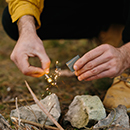Trek Preparations
Trek preparation is crucial to ensure a safe and enjoyable trekking experience. Here are some key steps to follow when preparing for a trek:
Research and Select a Trek: Research different trekking destinations, considering factors such as difficulty level, duration, weather conditions, and permits required. Choose a trek that aligns with your fitness level, experience, and interests.
Physical Fitness: Assess your physical fitness and prepare accordingly. Engage in regular exercise, including cardiovascular activities and strength training, to improve stamina and endurance. Start a fitness routine well in advance of the trek to allow your body to adapt.
Obtain Necessary Permits: Check if the trek requires any permits or permissions. Research the process and ensure you have all the required documents well in advance. Some treks may require permits for conservation areas or restricted regions.
Gear and Equipment: Make a checklist of essential gear and equipment required for the trek. This may include appropriate clothing, trekking shoes, a backpack, a sleeping bag, a tent, cooking equipment, navigation tools, and personal care items. Ensure your gear is in good condition and make any necessary repairs or replacements.
Packing: Pack your gear strategically, considering weight distribution and accessibility. Prioritize essential items such as clothing, food, water, navigation tools, and safety equipment. Pack light while ensuring you have the necessary items for the trek. Use dry bags or ziplock bags to protect important items from moisture.
Training and Skills: If you're new to trekking or undertaking a challenging trek, consider taking training courses or workshops to enhance your skills. Learn basic navigation techniques, first aid, and outdoor survival skills. Acquire knowledge about the local flora, fauna, and culture of the trekking region.
Weather Check: Monitor weather conditions leading up to the trek. Check forecasts to prepare for any potential weather challenges. Make necessary adjustments to your gear and clothing based on the expected weather conditions.
Travel and Accommodation: Plan your travel to the trekking destination, considering transportation options, accommodation, and any necessary bookings. If required, book accommodations in advance, especially during peak trekking seasons.
Trekking Partners or Guides: Decide whether you will trek independently or with a group or guide. For challenging or remote treks, it is often recommended to trek with experienced guides who are familiar with the terrain, weather, and safety protocols.
Health and Safety: Visit a healthcare professional for a general health check-up and discuss any specific medical requirements for the trek. Ensure you have the necessary medications and vaccinations if required. Carry a well-stocked first aid kit and know how to use it. Familiarize yourself with basic wilderness first aid procedures.
Inform Others: Inform a trusted friend or family member about your trekking plans, including your itinerary, expected return date, and emergency contact details. Check-in with them regularly during the trek to maintain communication.
Leave No Trace: Follow the principles of Leave No Trace, which emphasize minimizing environmental impact. Respect the local culture, wildlife, and natural surroundings. Pack out your trash and leave the trekking trails as you found them.
Remember that trekking involves risks, so it's essential to be prepared, informed, and adaptable to changing circumstances. Take into account the specific requirements of your chosen trek and consult with experienced trekkers or local authorities for any additional guidance. Stay vigilant, follow safety guidelines, and enjoy the journey!







Popular Comments
Very Important and useful blog.